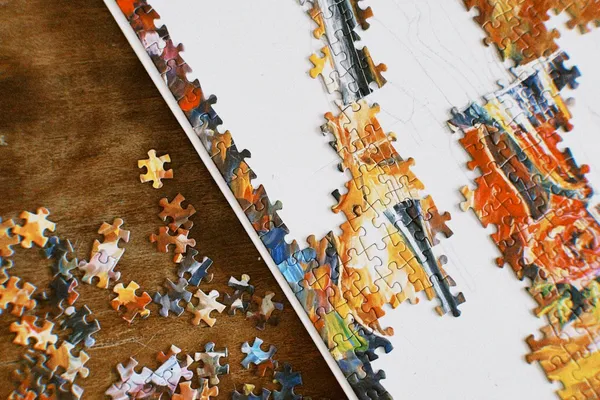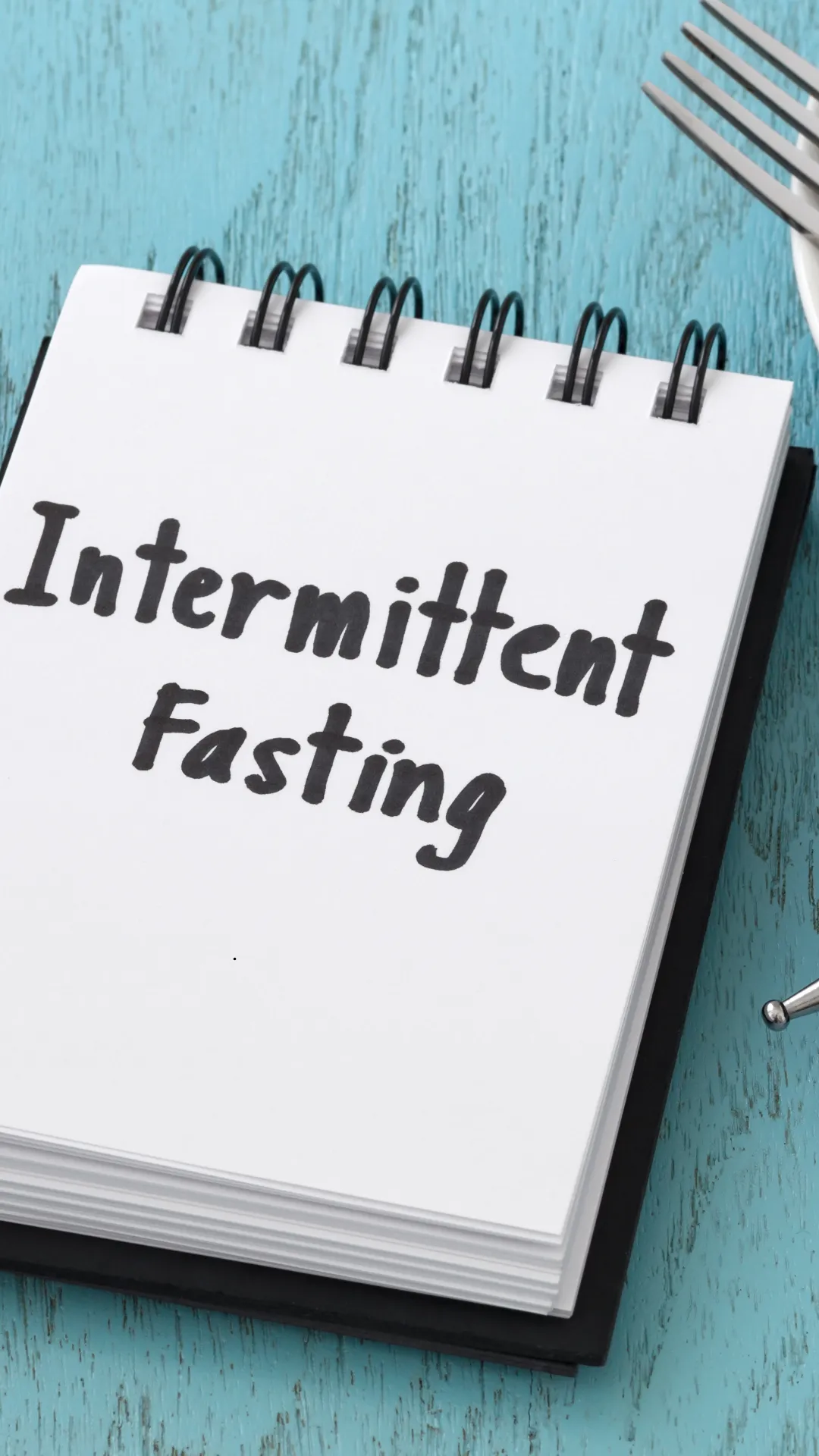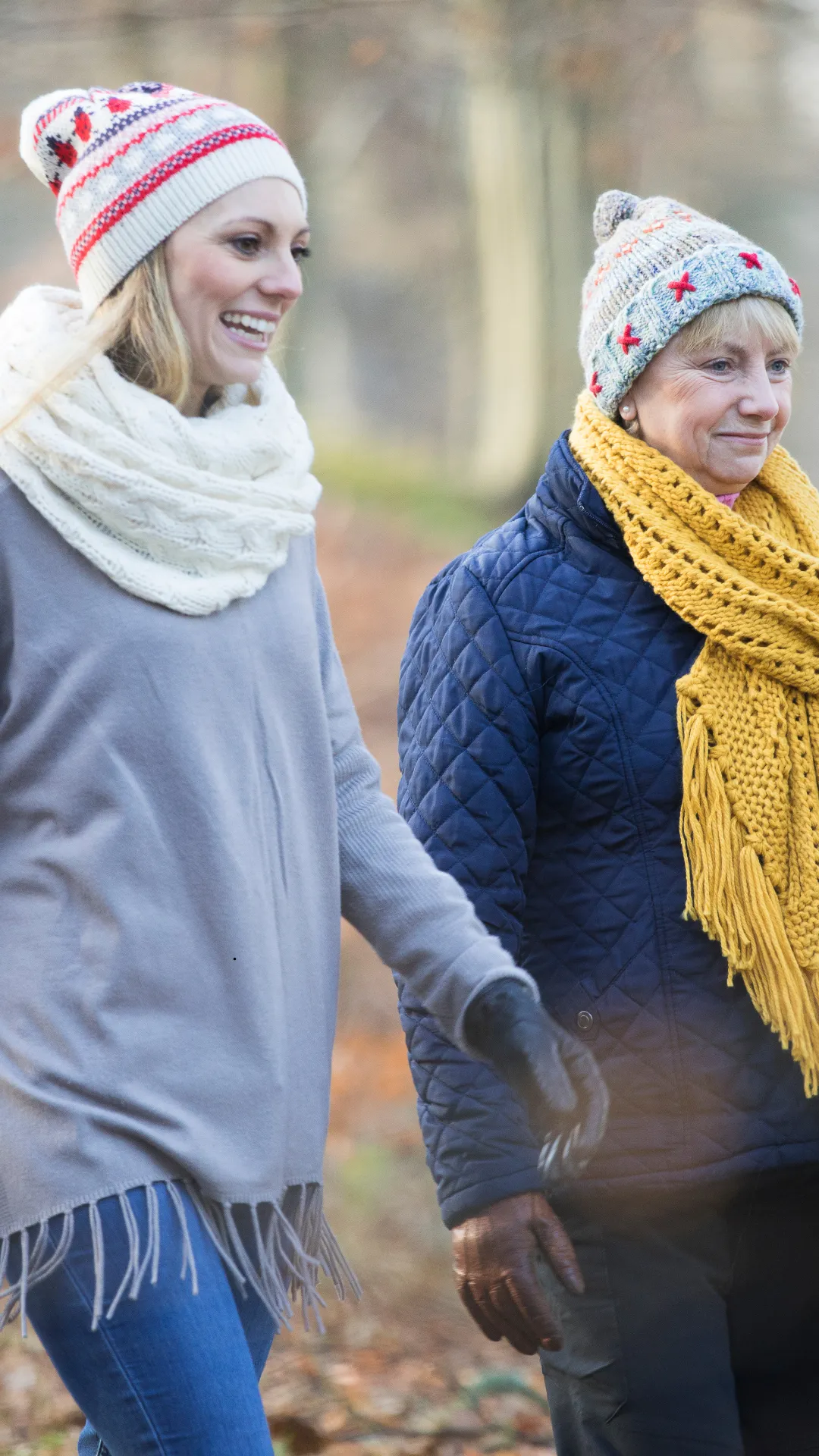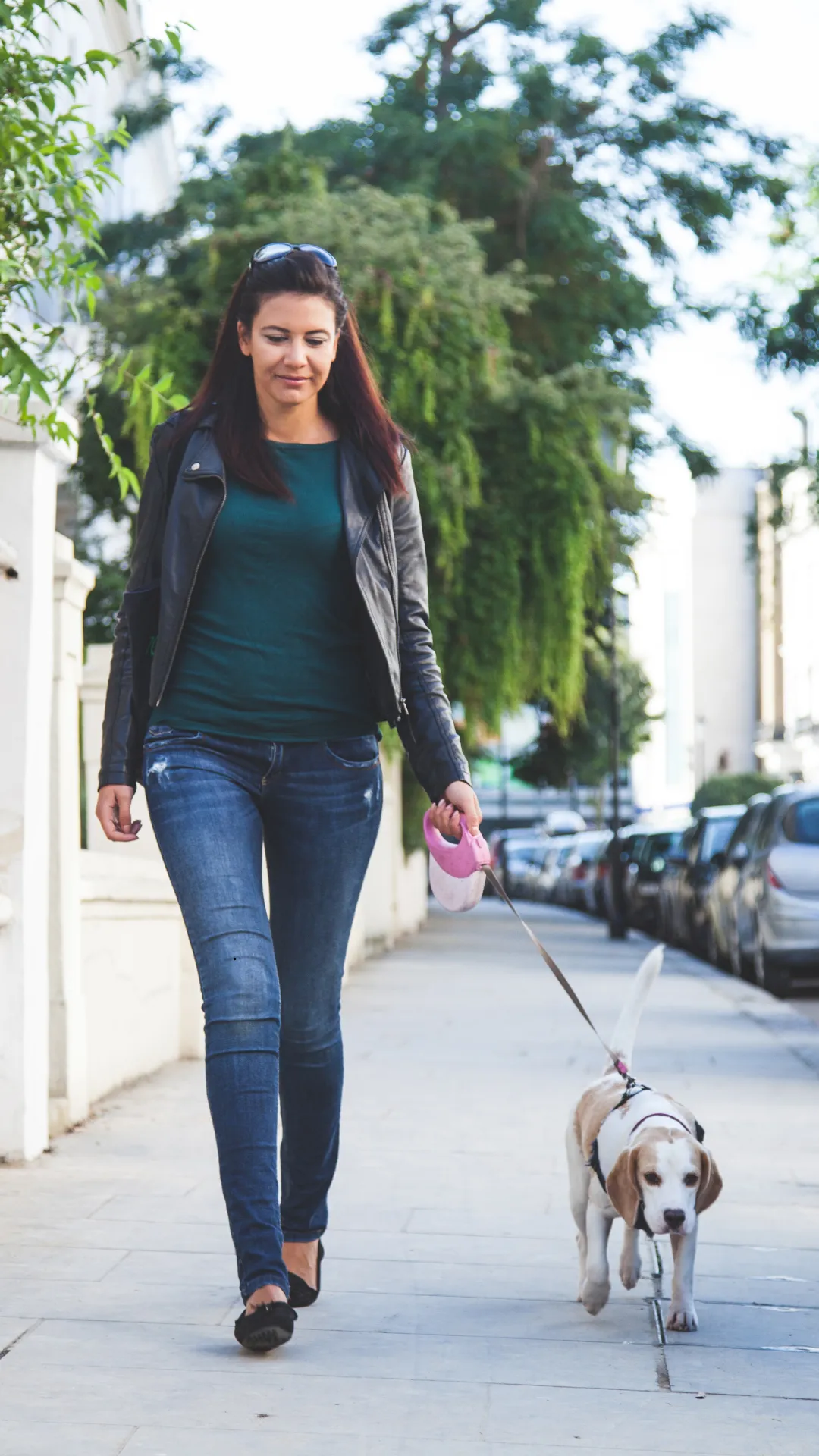
Piece By Piece: How Jigsaw Puzzles Strengthen Memory And Focus
"If you’re doing a puzzle, you are, by definition, disconnected and engaged in a task that’s immersive, away from the interruptions and stresses of day-to-day life, and that, of course, is good for your brain." - Dr Susan Vandermorris, Clinical Neuropsychologist at Toronto’s Baycrest Health Sciences and a global leader in brain health and aging research.
When I was very young, my parents encouraged me to do jigsaw puzzles. They were concerned I might have some degree of colour blindness, like my grandfather, so puzzles became a way for them to gently check whether I could distinguish between shades and patterns. What began as a childhood exercise quickly became something I loved. There was something so satisfying about watching the picture slowly come together, one piece at a time.
To this day, I still enjoy puzzling but only in my later years have I come to appreciate just how powerful it can be for brain health. What once felt like just a fun hobby is actually a workout for memory, focus, and resilience.
Why Puzzles Are More Than Just Play
Jigsaws may look simple, but they’re surprisingly complex for the brain. Solving one engages both hemispheres: the left side organises and sorts, while the right side recognises patterns, colours, and shapes. This interplay strengthens connections across the brain, keeping both logical and creative thinking sharp.
In many ways, a puzzle is like cross-training: the effort looks light, but it stretches and strengthens you in ways you don’t always notice until later.
Boosting Memory And Mental Clarity
When you’re puzzling, you hold the image of a piece in your mind, scan the board, and remember where you last saw something similar. That ongoing process strengthens short-term memory and visual-spatial skills, which are the very abilities that help us in everyday life when we’re navigating somewhere new or remembering where we left our keys.
Over time, these “mental reps” help build cognitive reserve, a kind of brain backup system that provides protection against decline as we age.
Building Resilience And Focus
In our busy, distracted lives, it can be hard to find a moment of calm. That’s where puzzles can really help, by providing a simple way to practice mindfulness. When you focus on a puzzle, you’re brought into the present moment: noticing the shapes, colours, and patterns without worrying about the past or the future. Even a few minutes of mindful puzzling can help reduce anxiety, stop rotating thoughts, and give your mind a much-needed reset. It’s a gentle, enjoyable way to train your attention and stay grounded.
Puzzles also have a wonderful “feel-good” side. Each time you fit a piece into place, your brain releases dopamine, a neurotransmitter that plays a key role in motivation and happiness. That little burst of reward encourages you to keep going and makes the process enjoyable. Over time, these small dopamine boosts help reinforce persistence, focus, and even a sense of accomplishment - qualities that support mental resilience far beyond the puzzle board.
The Social Side Of Puzzles
Though I often puzzle on my own, some of my favourite memories involve puzzling with others. There’s a simple joy in sitting with family or friends, chatting and laughing while working together on the same picture. That sense of connection is not just heart-warming - it’s brain-protective. Social engagement is one of the strongest known buffers against cognitive decline, and a puzzle offers an easy, screen-free way to nurture it.
Tips for Sharpening Your Puzzling Skills
If you’ve ever felt overwhelmed by puzzles, here are some simple ways to make them more enjoyable and less intimidating.
Start with the edges. Framing the puzzle creates structure and gives you a sense of progress right away.
Sort by colour or pattern. Grouping pieces helps your brain spot similarities more quickly.
Work in sections. Choose a small area, like a corner of sky or a cluster of flowers, so progress feels manageable.
Pick the right challenge. Begin with 300–500 pieces if larger puzzles feel daunting, and build up from there.
Create the right environment. Choose a comfortable spot with plenty of light to reduce eye strain and help your brain stay focused. A puzzle board can also be a game-changer as it lets you move your puzzle easily and reclaim the table when you need the space.
And remember, you don’t need to complete a puzzle in one sitting! In fact, short bursts can be just as rewarding. Spend 15 minutes after dinner or fit in a few pieces while the kettle boils. These “little and often” sessions add up, keeping your brain engaged without it feeling like a chore.
When you do finish a puzzle, resist the urge to glue it together. Instead, break it up and pop it back in the box so you can enjoy the challenge again another time. For even more variety, consider swapping puzzles with friends or family members - it’s a lovely way to share the experience and keep things fresh.
The key is to enjoy the process, not just the finished picture.
Turning Challenge Into Growth
If you sometimes find puzzles frustrating, that’s actually a good thing. Struggle is what stretches the brain, helping it to adapt and grow. Each moment you resist the urge to give up, you’re building flexibility and perseverance - skills that serve you well far beyond the puzzle board.
Ready To Try A Puzzle?
So, if you’re looking for a new way to relax in the evenings, consider picking up a puzzle. Spend ten or fifteen minutes fitting a few pieces together and notice how it makes your mind (and mood) feel.
Piece by piece, you’re not just building a picture - you’re building a stronger, more resilient brain.





